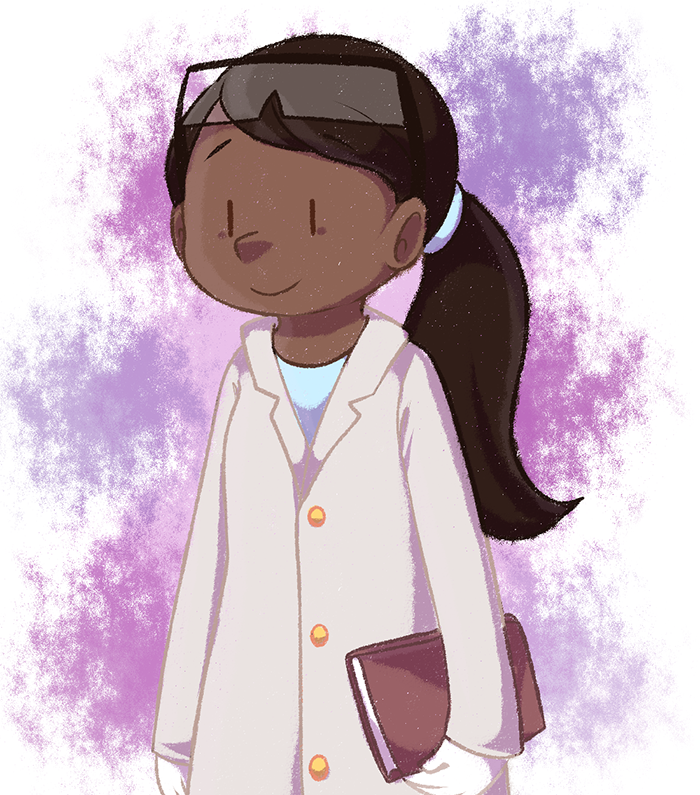Concordia’s new Gina Cody School of Engineering and Computer Science is the first engineering faculty in Canada to bear a woman’s name. The faculty’s renaming stems from Cody’s $15 million donation, the largest individual donation given in Concordia’s history. While it’s refreshing to see a woman of colour earn such an outstanding honour in a traditionally male-dominated faculty, the fields of science, technology, engineering, and mathematics (STEM) remain an uneven playing-field for men and women.
Over the past summer, I received an internship placement with a surgical unit at a prominent Toronto hospital. Before starting, I was excited to work with surgeons and observe firsthand the nature of the profession. After my first few weeks, however, I was disappointed when I observed the lack of female surgeons in my unit, and that of the few present, even fewer were women of colour. I didn’t expect there to be such a noticeable gender and diversity gap, especially in a city like Toronto that prides itself on multiculturalism and inclusivity. My summer experience served as a reminder that even though medicine, like other STEM disciplines, is trending towards becoming more accessible to women, careers like surgery still lag behind.
Although female representation in STEM is growing, women of colour often find themselves excluded from this trend. Racial prejudice continues to hinder progress: Women of colour often feel the need to censor themselves and behave in ways that ‘suppress’ the perceived stereotypes of their ethnic groups. Women of colour have to avoid saying too much or too little to avoid being stereotyped as too angry or too submissive in their workplace settings. The first time someone at the hospital asked me if I wanted to pursue a career in nursing, I brushed it off. But, after being asked the same question repeatedly by male hospital personnel whom I encountered, and continuing to get looks of surprise when I specified that my interest lay in orthopedic surgery—a speciality in which 87.6 percent of practicing physicians in Canada are males—my patience waned. My male coworkers never received the same prejudicial line of questioning. As a woman of colour, I constantly found myself having to justify my right to be at the hospital.
Patronizing attitudes remain all too common in STEM, even in fields where the numbers of professional men and women are more equal, such as public safety and agriculture. Moreover, women of colour face greater incidences of sexual and racial harassment in the workplace, and STEM is no exception. When one of my fellow interns told me about the sexual and racially demeaning comments made to her by a patient, it was frustrating to realize that discrimination on the basis of sex and race is still such a common occurrence. The harsh reality is that workplace harassment is ingrained in the medical world. A third of female physicians report enduring some form of workplace harassment over the course of their career. One female surgeon told me that she has experienced racial and sexist prejudice throughout her career, even as she has ascended professionally. Even elite professional status—like that of a surgeon—fails to shield women of colour from microaggressions and sexism.
This is why the renaming of Concordia’s engineering faculty is monumental: Associating a woman of colour’s name and face with an engineering faculty normalizes their involvement in STEM fields. It is validating to see progress toward the inclusion of women in STEM, but, it is also crucial to continue recognizing women of colour’s contributions to break down lingering barriers to gender equality.







